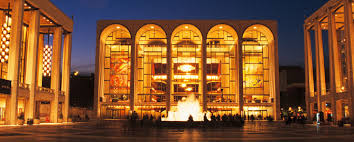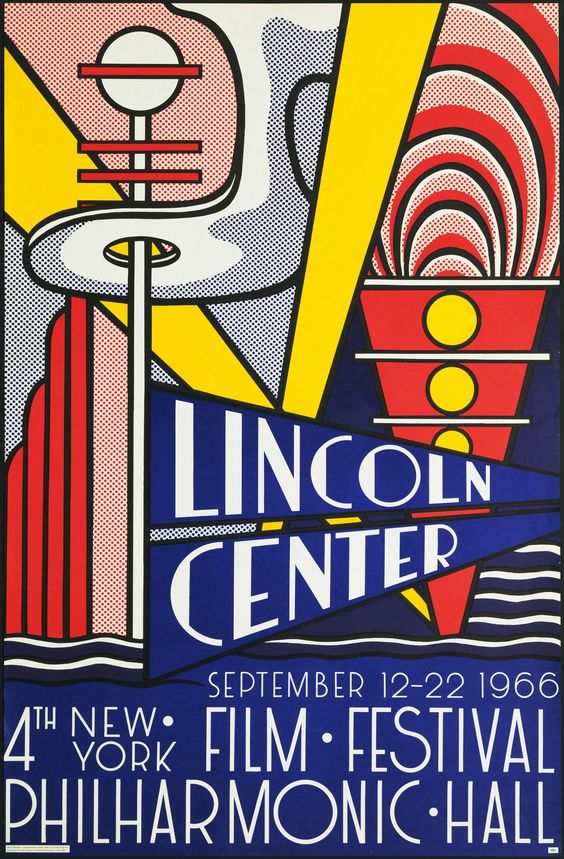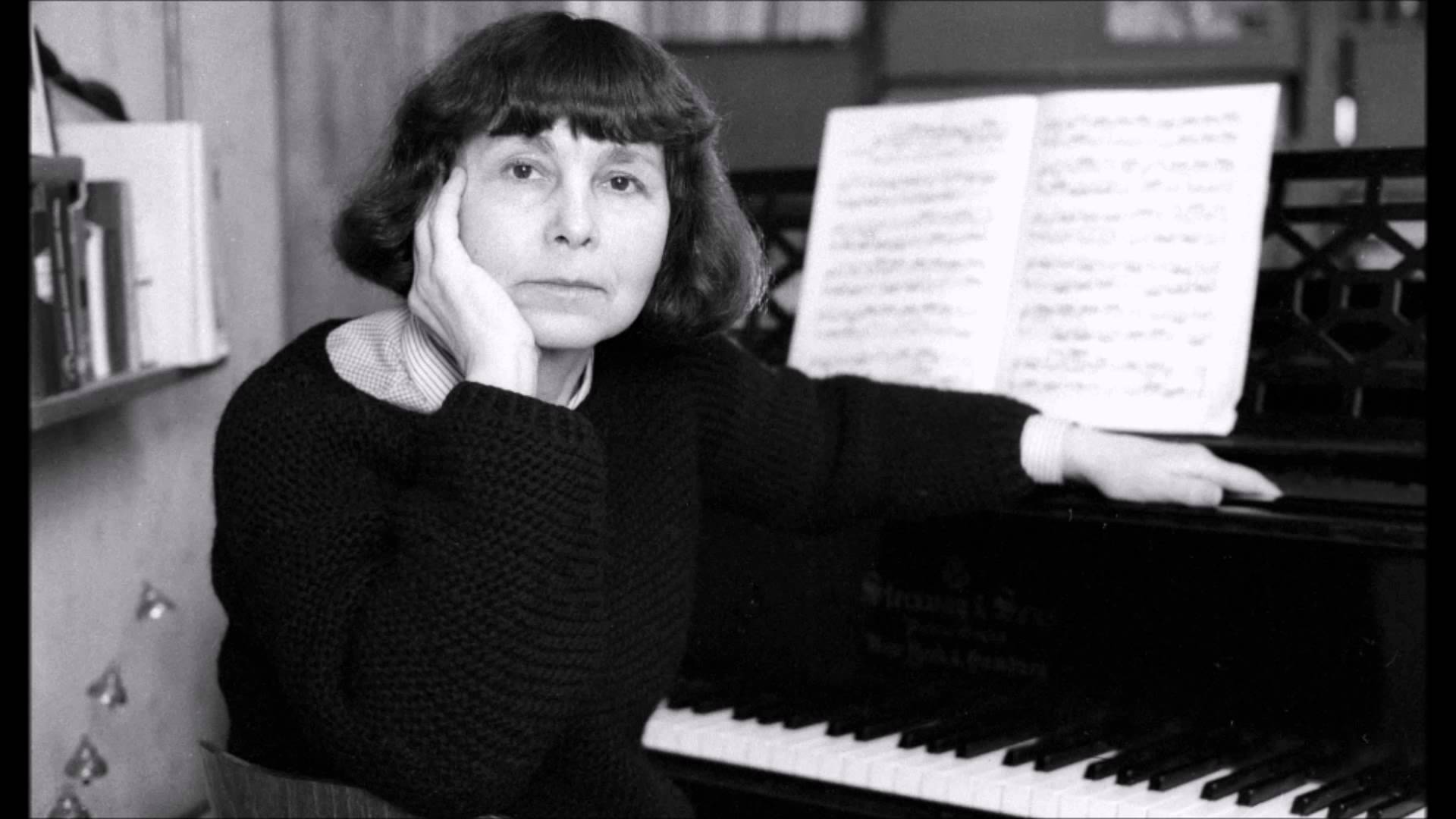Lincoln Center has failed the arts
mainIn a thoughtful jubilee essay on the evolution of the arts center, the historian Joseph Horowitz argues that the Manhattan project has patently failed in its mission to create a union of all the arts.

The Lincoln Center dream (however vague) was of American performing arts synergistically feeding off one another in a single charged location. But today’s Metropolitan Opera, New York Philharmonic, and New York City Ballet are institutions wholly distinct in identity, achievement, and potential.
The Met pursues grand opera in a grand space – a brave but increasingly riddled enterprise.
The Philharmonic has enjoyed no sustained artistic mission. As of this writing, it is preparing to decamp in 2019…
As for City Ballet, the Stravinsky identity Balanchine conferred – an apotheosis of impersonality and lucidity – is not as timeless as the coda to Apollo.
Read the full essay here.

In a commentary on Joe’s essay, Artsjournal.com editor Doug McLennan wonders whether an arts centre is still a sustainable concept:
Building performing arts centers such as Lincoln Center was a vote for a particular European notion of culture, and set us firmly on the road to the institutionalization of American arts.
Doug is right. The arts centre is a peculiar European idea, one that has failed over and over again. Look no further than the South Bank in London.

There is a case to be made for dismantling multi-disciplinary arts hubs, starting with the Lincoln Center.
Tear them down.






Comments